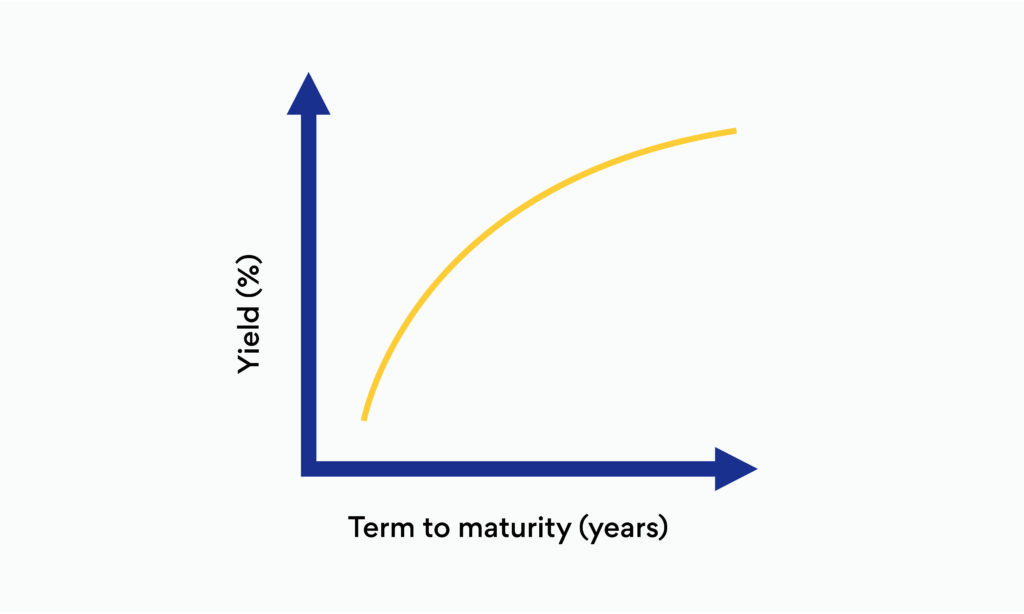What is a yield curve?
A yield curve is a graph that shows the relationship between bond yields and terms to maturity. Could it help you invest? Learn how a yield curve works.
Advertisement
A yield curve is a graph that shows the relationship between bond yields and terms to maturity. Could it help you invest? Learn how a yield curve works.
The yield curve is a graph illustrating how yields (interest payments) from bonds and other interest-bearing securities vary depending on the length of their terms to maturity. “Term to maturity” refers to the period of time over which the bond makes interest payments before returning the principal to the bond holder.
For bonds with identical credit quality, most of the time, yields will be higher for bonds with longer terms to maturity, plateauing at the point where increasing the term no longer attracts a higher yield. This relationship is called the “normal yield curve.” By plotting interest rates on the y-axis (vertical axis) and term to maturity on the x-axis (horizontal), the curve slopes upwards like this:

Sometimes, yields are higher for bonds with shorter terms to maturity than for identical bonds with longer terms, and the graph will slope downwards. This is called an “inverted yield curve.”
Other times, bond yields may be the same regardless of their terms, and the graph is a straight line. This is called a “flat yield curve.”
Interest rates, inflation and economic growth can all influence bond yields. Corporate bonds are also affected by credit risk (a company’s ability to meet its debt obligations).
Example: “Usually, you’ll earn a higher interest rate, or yield, from a five-year bond than a one-year bond. On rare occasions, however, short-term bonds offer higher yields than long-term bonds, a situation known as an inverted yield curve. This is considered a sign of an approaching economic recession and possibly a bear market.”
Share this article Share on Facebook Share on Twitter Share on Linkedin Share on Reddit Share on Email